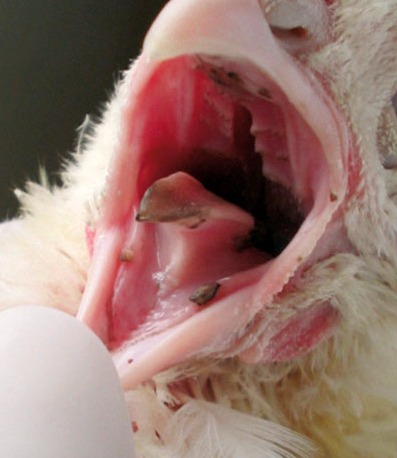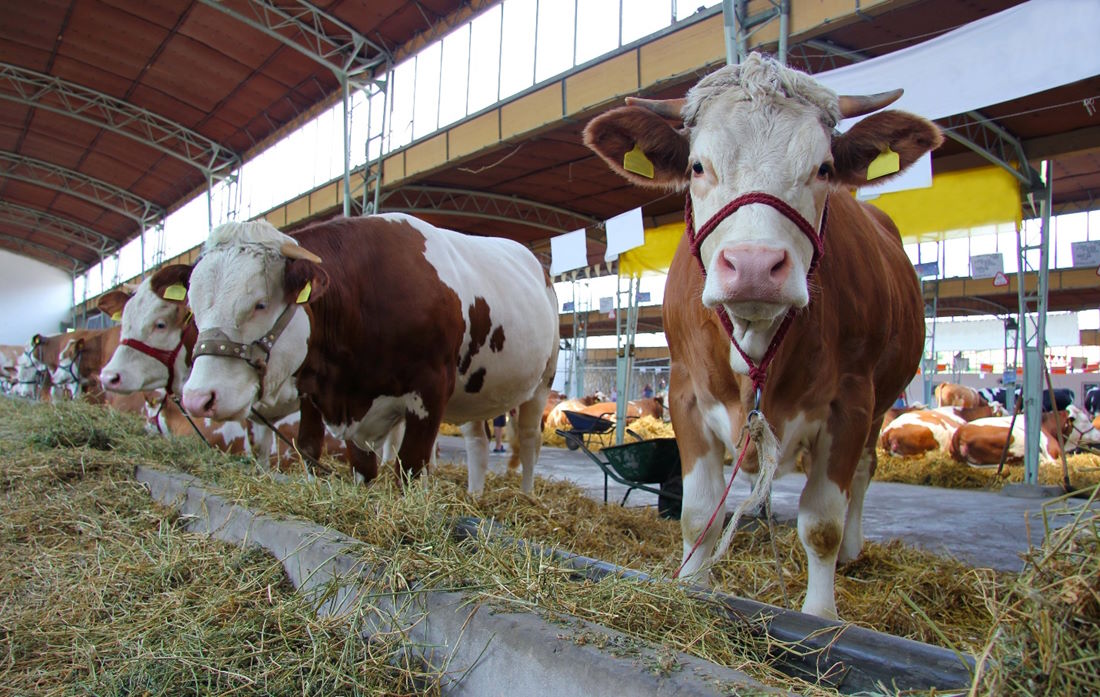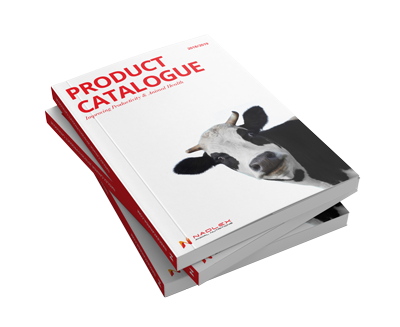
Mycotoxins in Poultry
Mycotoxins are toxic compounds produced by certain molds (fungi) that can contaminate feed ingredients and pose significant risks to poultry health and productivity. Poultry are highly susceptible to mycotoxin exposure, as they often consume a significant portion of their diet in the form of grains, which are particularly susceptible to mold growth and mycotoxin contamination. Here are some common mycotoxins that can affect poultry:
- Aflatoxins (e.g., Aflatoxin B1, B2, G1, G2): Aflatoxins are produced by Aspergillus flavus and Aspergillus parasiticus molds and are potent hepatotoxic and carcinogenic mycotoxins. They primarily affect the liver and can lead to reduced growth, immune suppression, and increased susceptibility to diseases in poultry. Aflatoxin B1 is the most toxic and prevalent form.
- Ochratoxins (e.g., Ochratoxin A): Ochratoxins are produced by molds such as Aspergillus and Penicillium. They can contaminate a wide range of feed ingredients, including grains, and have nephrotoxic (toxic to the kidneys) effects. Ochratoxin A can impair kidney function, cause immune suppression, and impact poultry health and performance.
- Trichothecenes (e.g., Deoxynivalenol (DON), T-2 toxin, HT-2 toxin): Trichothecenes are produced by molds such as Fusarium. DON, also known as vomitoxin, is commonly found in grains and can cause reduced feed intake, impaired nutrient absorption, and immune suppression in poultry. T-2 toxin and HT-2 toxin can also be present in contaminated feed and have immunosuppressive and cytotoxic effects.
- Zearalenone (ZEA): Zearalenone is produced by molds such as Fusarium and can contaminate grains, especially corn. It has estrogenic effects and can cause reproductive issues in poultry, including reduced fertility, impaired egg production, and abnormalities in the reproductive tract.
- Fumonisins (e.g., Fumonisin B1, B2, B3): Fumonisins are produced by molds such as Fusarium and are commonly found in corn and corn-based products. They can negatively affect poultry health, particularly the liver and immune system. Fumonisins can contribute to liver damage, reduced growth, immune suppression, and increased susceptibility to diseases.
The presence of mycotoxins in poultry feed can lead to a range of negative effects, including reduced growth, impaired immune function, poor feed conversion, organ damage, and increased susceptibility to diseases. Regular monitoring of feed ingredients for mycotoxin contamination, implementing proper storage and handling practices, and utilizing mycotoxin binders or adsorbents in feed formulations are important strategies to minimize mycotoxin-related risks in poultry production. It’s crucial to work with a veterinarian or nutritionist experienced in poultry health and nutrition to develop effective prevention and management strategies tailored to specific mycotoxin challenges.
Control Mycotoxins in Poultry
Controlling mycotoxins in poultry production involves a multi-faceted approach that focuses on prevention, monitoring, and mitigation strategies. Here are some key methods to control mycotoxins in poultry:
Source Control and Good Agricultural Practices:
- Use high-quality feed ingredients: Procure feed ingredients from reputable sources and ensure they meet quality standards.
- Proper storage and handling: Store feed ingredients in clean, dry, and well-ventilated facilities to minimize moisture and mold growth. Implement first-in, first-out (FIFO) practices to prevent feed ingredients from becoming stale or contaminated.
- Crop management: Implement good agricultural practices, such as crop rotation, timely harvesting, and proper drying and storage of grains, to minimize fungal contamination.
Feed Analysis and Monitoring:
- Regular mycotoxin screening: Analyze feed ingredients and finished feed for mycotoxin contamination using certified laboratories. Monitor for common mycotoxins such as aflatoxins, ochratoxins, trichothecenes, zearalenone, and fumonisins.
- Sample diversity: Take representative samples from different areas of feed storage to ensure accurate assessment of mycotoxin levels.
- Establish action thresholds: Set thresholds for mycotoxin levels in feed beyond which corrective actions need to be taken to protect poultry health.
Mycotoxin Binding and Adsorbents:
- Mycotoxin binders: Incorporate mycotoxin binders or adsorbents into the feed formulation. These substances bind to mycotoxins, preventing their absorption by the bird’s digestive system. Examples include activated charcoal, clay minerals (e.g., bentonite), yeast cell walls, and hydrated sodium calcium aluminosilicates (HSCAS). Use binders at appropriate dosages and ensure they are mixed uniformly with the feed.
Feed Management and Formulation:
- Dilution and blending: Dilute mycotoxin-contaminated feed with uncontaminated feed to reduce overall mycotoxin concentration. Blending multiple batches of contaminated feed can help homogenize the mycotoxin distribution.
- Optimize nutrient balance: Ensure balanced nutrition to support bird health and immune function, as well-nourished birds are better equipped to handle mycotoxin challenges.
- Veterinary and Nutritional Support:
- Regular veterinary monitoring: Work closely with a veterinarian to monitor poultry health and implement appropriate preventive measures or treatments.
- Nutritional support: Optimize diet formulation to support liver health, immune function, and gut integrity. Supplementing with antioxidants, vitamins, and minerals may help counteract the negative effects of mycotoxins.
Education and Training:
- Train farm personnel: Educate farm workers about mycotoxin risks, proper feed storage, and handling practices to ensure compliance with established protocols.
- Stay updated: Stay informed about the latest research, industry guidelines, and regulatory requirements related to mycotoxin control in poultry production.
Implementing a comprehensive mycotoxin control program requires collaboration among producers, veterinarians, nutritionists, feed manufacturers, and regulatory agencies. Regular monitoring, timely intervention, and adherence to best management practices are essential for effective mycotoxin control in poultry production.
Post a comment
You must be logged in to post a comment.







